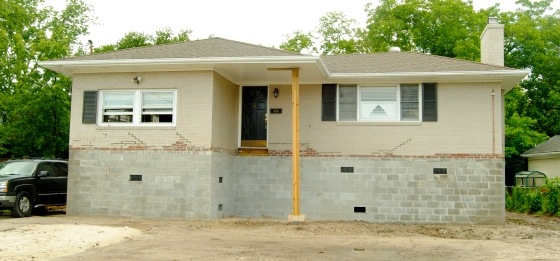Grand Rapids, Michigan
May 15, 2013
Sitting in a conference room in the midst of Grand Rapids’ state-of-the-art wastewater treatment plant, Mike Lunn, the Director of the City’s Environmental Services Department, tells us a story. It’s a universal story—one that applies to countless towns and cities as they cropped up across America:
First, in the late 1800s, they just sent raw sewage in pipes straight down to the river. When the city started smelling unpleasant, some bright individuals combined the sewer pipe system with the rainwater system, allowing the rain to naturally flush out the sewage pipes. But eventually, the river’s foul odor was too harsh on the olfactory glands, so they ran the pipes parallel along the riverbed, sending the sewage downstream. After a while the neighbors complained, so, in the 1930s, they built the first wastewater treatment plant to clean the sewage water before it reached the river.
In some cities, the story more or less ends there. But in Grand Rapids, the Environmental Service Department’s (ESD) attitude is that the plant’s processes need to be continually improving.
Continue reading →














